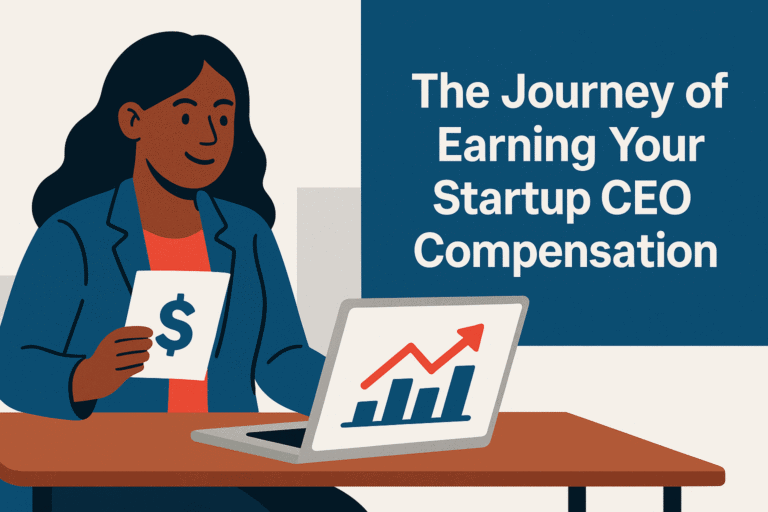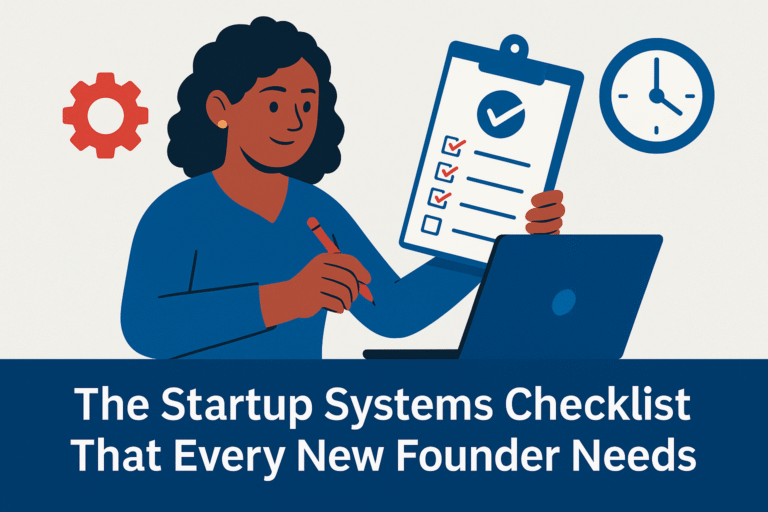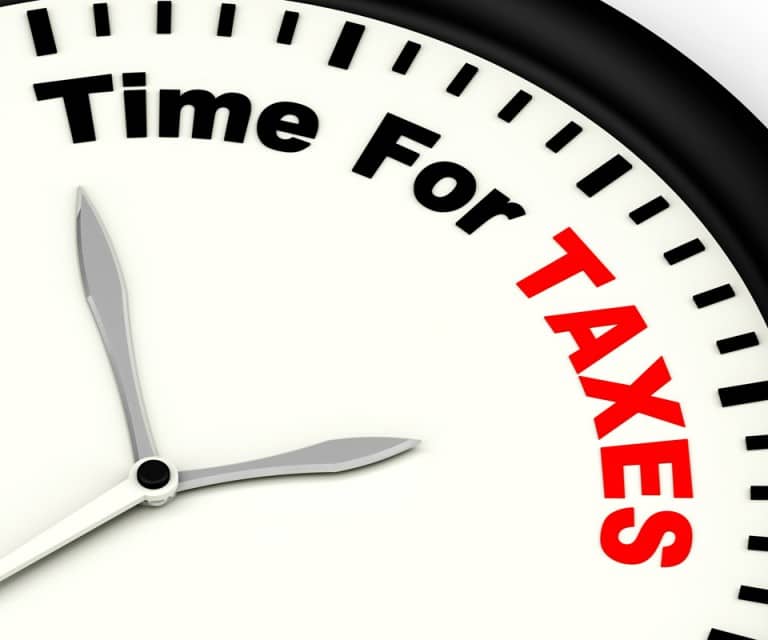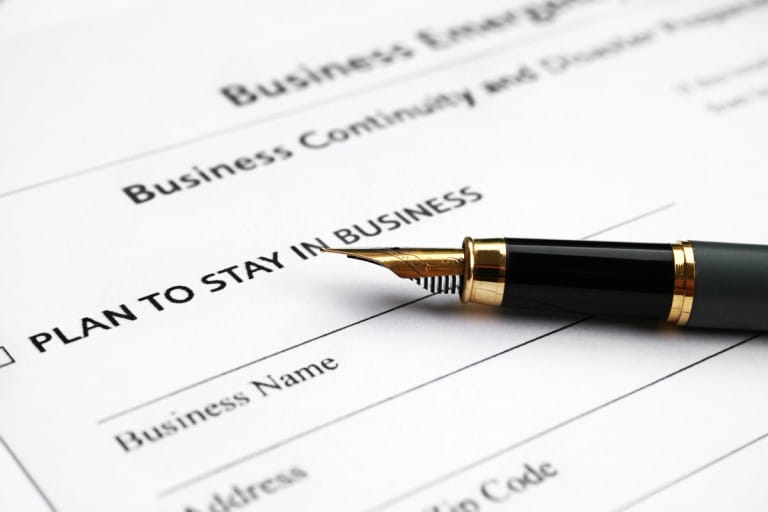Workflow Wednesday
Most people trying to grow their business hit the same wall: they’re stuck doing everything manually. Following up with leads. Delivering the offer. Sending invoices. Posting content. Updating links. It adds up fast—especially when you’re still working a full-time job. That’s why a scalable offer funnel is such a game changer.
It frees up your time without sacrificing the quality of what you deliver. Instead of creating more to-dos, it creates breathing room—by putting the right systems around one offer that works. A single, focused offer becomes the engine for consistency, clarity, and growth. Not just for your revenue, but for your time, your energy, and your mental bandwidth.
In this post, we’re going to break it down: what a scalable offer funnel actually is, why it matters, and how to build one that works for your life—not just your business.
What is a scalable offer funnel?

A scalable offer funnel is a system that delivers your core offer repeatedly—with less manual work each time. It’s not about flashy launches or building 20 products. It’s about choosing one offer that solves one problem well, and putting the pieces in place so that it sells, delivers, and supports your client with consistency.
Here’s what that can look like:
A single product (like a course, template kit, or guided service)
An automated system that attracts the right people, nurtures them, and offers them your solution
A backend setup that handles delivery, communication, and follow-up without you jumping in every time
You’re still offering real value—often the same transformation you’d deliver 1-on-1. But instead of custom everything, you’re creating a repeatable path. One that works whether you’ve logged hours or not.
When I rebuilt Backbone America, this was a major turning point for me. I stopped trying to create more and started asking how I could make one thing work better. Not just for the buyer—but for me too. That shift is what made automation even possible.
And that’s the thing: funnels and automations can only support you if you give them something focused to support.
Why it matters for freedom
Most people don’t start a business because they want more tasks—they start because they want more freedom. But somewhere along the way, the to-do list grows longer, the calendar fills up, and the business starts to feel like another job.
That’s where a scalable offer funnel changes the game.
Instead of building everything from scratch each time, you’re creating a repeatable experience that delivers results and gives you back your time. You’re not hustling harder—you’re building smarter.
And freedom doesn’t just mean time. It means:
Mental space to think about what’s next—not just what’s urgent
Consistency in income and delivery, so you’re not always in reaction mode
Energy to spend on what actually matters—your family, your health, your goals
It’s like the Eisenhower Matrix—where tasks are divided into urgent and important. When everything feels urgent, it’s hard to focus on what’s actually important. A well-built funnel moves your business out of crisis mode and into a place where the important stuff finally has room to breathe.
And here’s the truth: your offer isn’t less valuable just because it’s automated. Automation doesn’t water things down. When done right, it brings your best work to more people—without burning you out in the process.
You’re not cutting corners. You’re cutting friction.
How to build a scalable offer funnel
There’s no perfect template, but the structure is simpler than most people think. A scalable offer funnel has three core pieces: the offer, the delivery system, and the funnel itself. Each one works together to create a business that’s not just profitable—but sustainable.
1. The Offer: One clear solution
Start with a single offer that solves a real, focused problem. That might be a mini-course, a toolkit, a workshop, or a digital service with defined steps. What matters is that it delivers a result without needing you in the room.
If you’re still trying to serve everyone or constantly tweaking what you sell, automation won’t help—you’ll just be scaling chaos. The simpler and more specific your offer is, the easier it becomes to systematize.

I’ve made this mistake myself. Early on, I kept creating more—new lead magnets, courses, and mini-offers. But most of them weren’t aligned with the kind of business I actually wanted: one that was automated, lean, and scalable. I was working hard, but not always in the right direction. Once I stepped back and built my funnel around the kind of business I meant to build, the pieces started to fall into place.
2. The Delivery System: Set it up once, use it often
This is where automation starts pulling its weight. Once someone buys, signs up, or even shows interest—what happens next? How do they get what you promised? And more importantly, how do you avoid becoming the middleman every single time?
The goal is to replace hand-holding with a well-designed path—one that feels seamless for them and sustainable for you.
Depending on your offer type, your delivery system might include:
Instant email confirmations and download links
Course access via a platform like LearnDash
Form-based onboarding that connects to a database (Zoho, Airtable, etc.)
Trigger-based follow-up emails (MailerLite, Zoho Campaigns)
Upsells or cross-sells based on buyer behavior
When set up right, these systems not only save time—they reduce errors and elevate the client experience. There’s nothing worse than a customer wondering where their login link is or having to email you twice for access. That doesn’t scale.
I use Zoho Campaigns for a lot of my delivery flows. It’s flexible, integrates well with forms and email, and helps me keep everything in sync—even when I’m not at my desk. LearnDash handles course access, while Zoho CRM lets me track leads, progress, and automations without things slipping through the cracks.
You don’t need fancy tools. You just need the right ones working together behind the scenes.
3. The Funnel: Guide people to the offer

That journey starts before anyone ever pulls out a credit card. It usually begins with a lead magnet—something small but valuable that directly connects to the offer you want to sell. If your lead magnet solves Problem A, and your product solves Problem B, the funnel will feel disjointed. But when everything flows, people feel seen, supported, and ready to take action.
Once they opt in, your email sequence should walk them through the next few steps:
Reaffirm the problem they’re facing
Share a new insight or quick win that builds trust
Show how your offer creates a deeper or more lasting transformation
Invite them to move forward—with clarity, not pressure
You don’t need a 25-email campaign or complex segmentation to do this well. You need relevance, timing, and a clear message.
By the end of the sequence, a reader should understand:
What you offer
Who it’s for
How it helps
Why it’s worth doing now—not later
And here’s the thing: a great funnel doesn’t push—it aligns. It connects your audience’s internal questions with your external solution in a way that feels natural. That’s how you create momentum without hype.
💡 External resource: For a solid visual of funnel flow, I recommend Neil Patel’s guide to how marketing funnels work. It covers the basics without overwhelming you.
4. Common traps to avoid
Even with a great offer and the right tools, it’s easy to slip into habits that work against your freedom. These are some of the most common mistakes I see—especially among founders trying to build their business on top of a full-time job.
Doing too much at once
Launching multiple offers, experimenting with too many tools, or trying to create a complex funnel before you’ve even validated one offer. I’m guilty of that myself. I’m telling you though—it’s too much. Complexity kills clarity. Start with one offer, one funnel, and a system you can actually manage. Add layers only after the first one works.
Confusing “scalable” with “impersonal”
Scalability doesn’t mean slapping on automation and calling it a day. It’s not about removing your voice or presence—it’s about being intentional with where and how you show up. A good funnel should still feel human. The goal is repeatability, not robotic detachment.
Skipping the testing phase
You won’t get everything right the first time. And that’s okay. What matters is how quickly you’re able to spot what’s working—and what’s not. Set up simple checkpoints: open rates, click-throughs, conversion data, and user feedback. Your funnel isn’t a “set it and forget it” system. It’s a living framework that improves with each round.
Conclusion
A scalable offer funnel isn’t just a marketing tool—it’s a turning point. It’s the shift from reacting to planning. From constant busyness to strategic flow. From building everything by hand to building something that holds its shape—without you holding it up.
And no, it doesn’t mean lowering your standards or becoming less personal. It means giving your best work the structure it needs to be delivered consistently, even while you rest, work, or step away.
Because the goal was never just to build a business. The goal was to build a life—and a business that supports it.
Want help building systems that support your time, energy, and values? If you want to keep learning how to build smarter systems—without burning out or getting lost in tech rabbit holes—join my email list. Every week, I send real, practical insights for building a business that works for your time, energy, and vision.
Sign up here and get tools that actually help you move forward—not just more noise.






